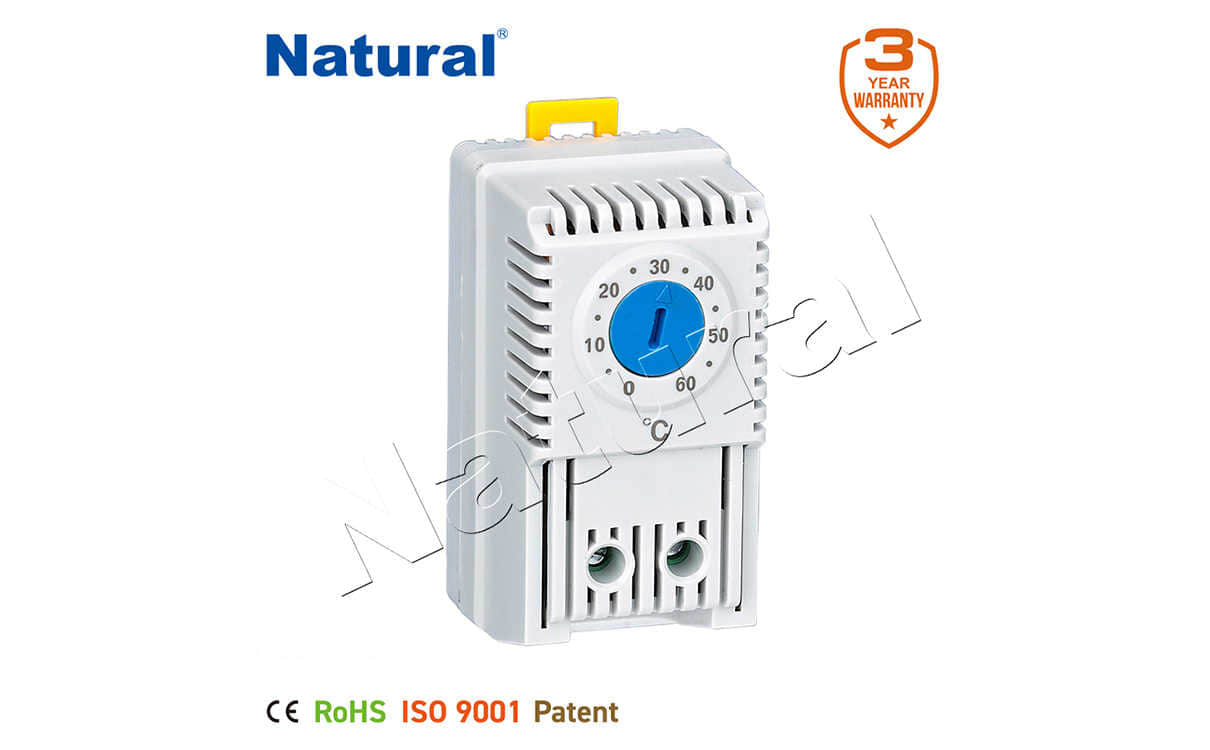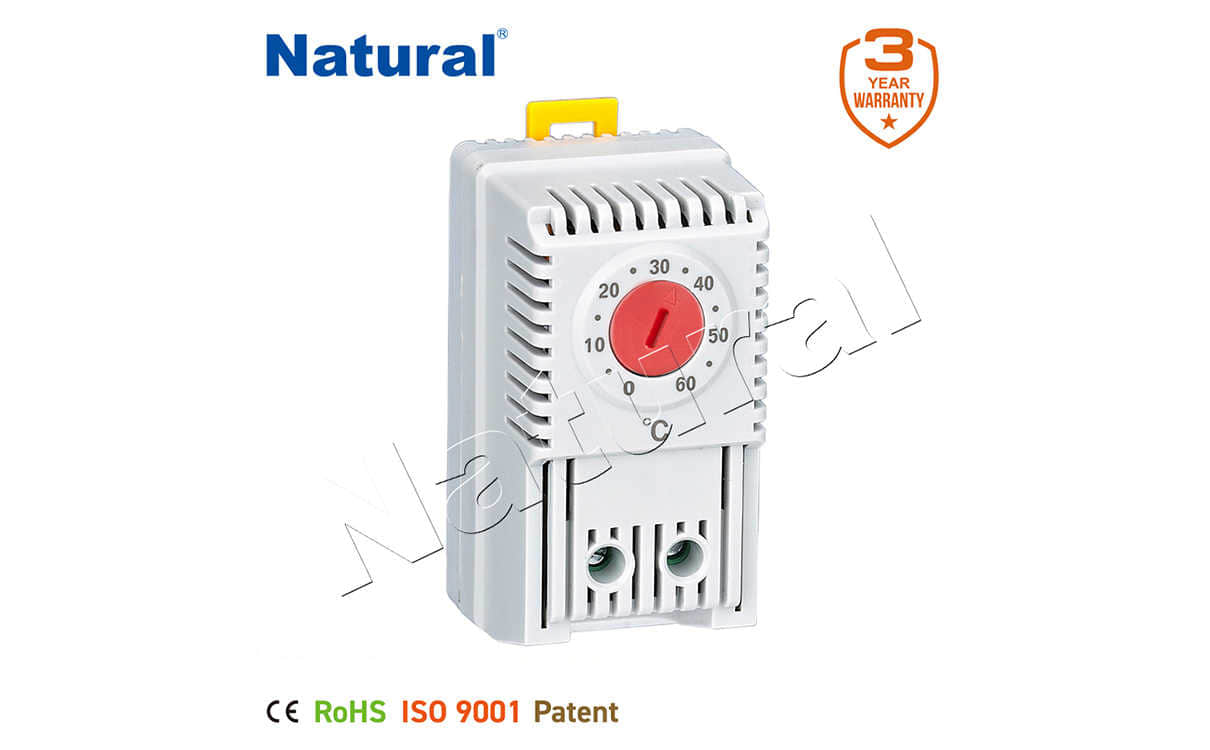 28 items Patent
28 items Patent
 28 items Patent
28 items Patent
 28 items Patent
28 items Patent

In today's world of home automation and energy-efficient living, a control panel thermostat is an essential part of managing indoor climate comfort. These smart devices have revolutionized the way we control our heating, ventilation, and air conditioning (HVAC) systems. Whether it's maintaining the ideal temperature for comfort, optimizing energy use, or managing multiple zones within a home, the control panel thermostat provides an intuitive interface for homeowners to regulate their environment. This article explores the functionality, advantages, and impact of control panel thermostats in modern living.

A control panel thermostat is essentially the brain of a home’s heating and cooling system. It allows users to set, adjust, and monitor the temperature in their homes with precision. Typically, these thermostats are mounted on the wall and have a digital or touch screen display. The primary function of the thermostat is to maintain a set temperature by controlling the HVAC system. It communicates with the heating and cooling units, activating them when the temperature deviates from the desired setting. As the technology has evolved, these devices have become much more sophisticated, offering additional features that improve overall convenience and efficiency.
One of the standout features of modern control panel thermostats is their ability to save energy. Traditional thermostats often required manual adjustments, meaning users would sometimes forget to turn off the heating or cooling when they were not needed. In contrast, smart control panel thermostats are equipped with programmable schedules and sensors that adjust the temperature automatically based on user behavior and preferences. For example, a thermostat can learn when the house is occupied or empty and adjust the settings accordingly. By reducing the energy used during times when the home is unoccupied, a smart thermostat helps save on utility bills while also contributing to a greener environment.
